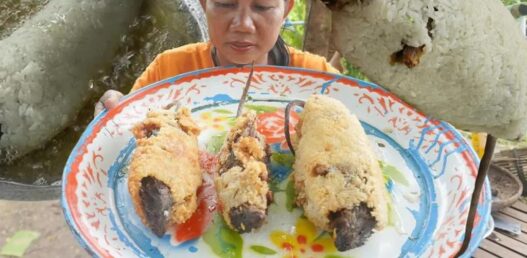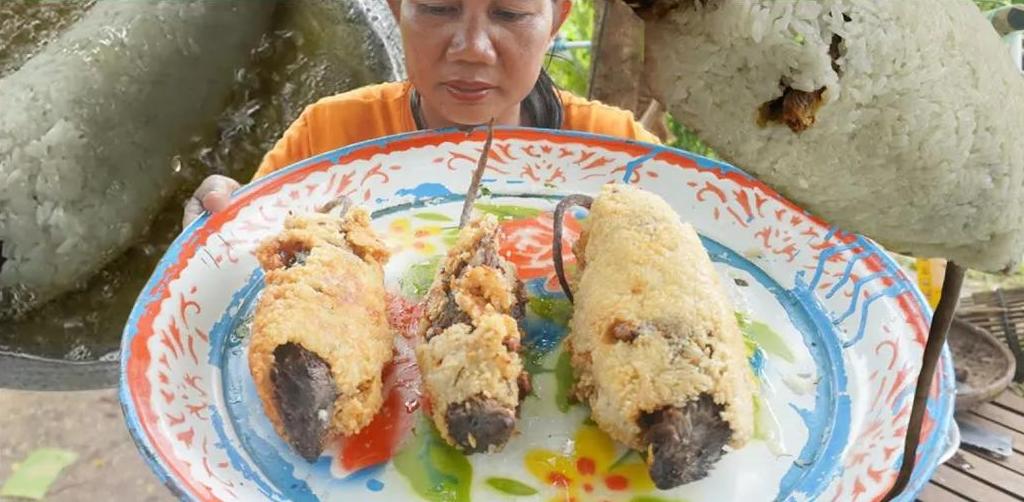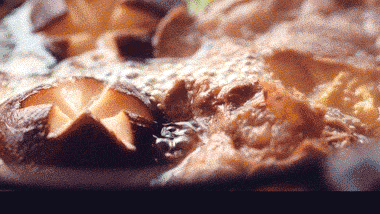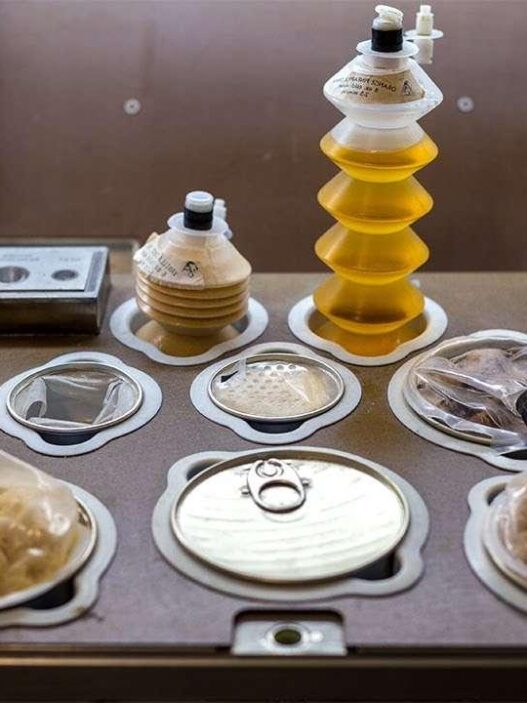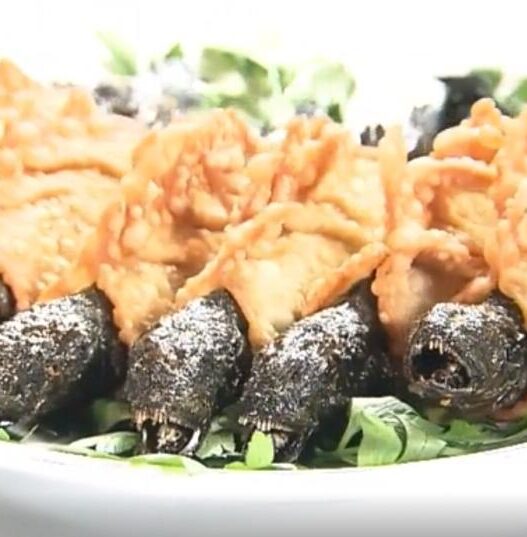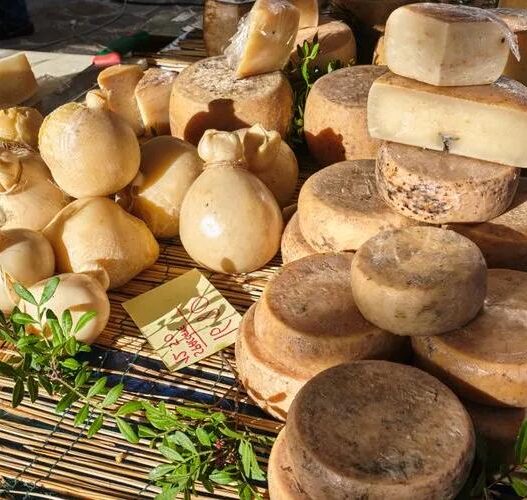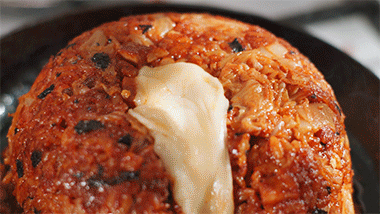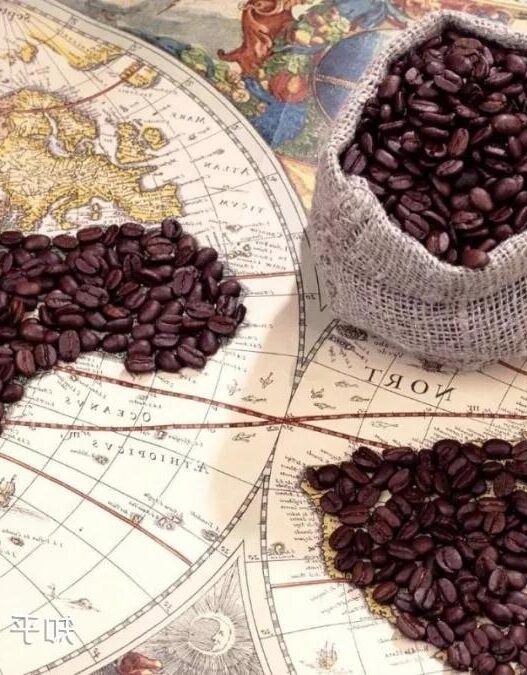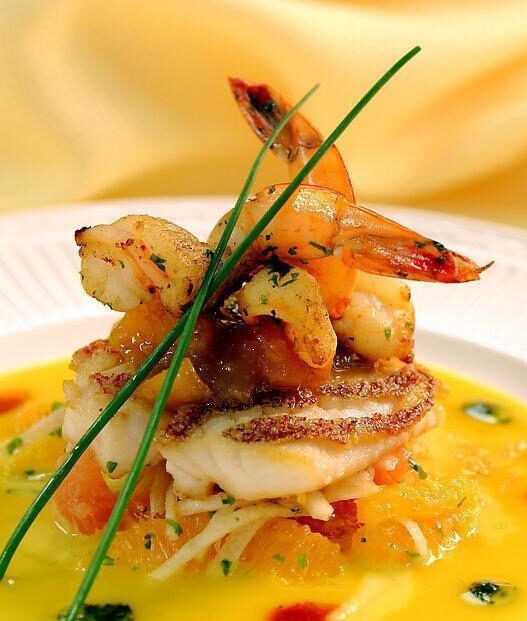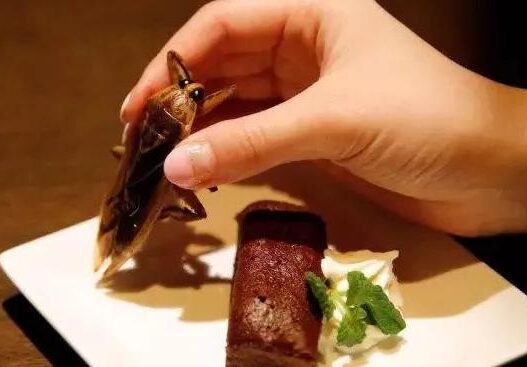In Vietnam, even the most unruly rats find their ultimate fate—on the dining table. While the Vietnamese zodiac replaces the rabbit with the cat, relying solely on cats to control the rat population is impractical. Instead, Vietnamese people have turned rats into a culinary delicacy, solving the problem in a uniquely flavorful way.
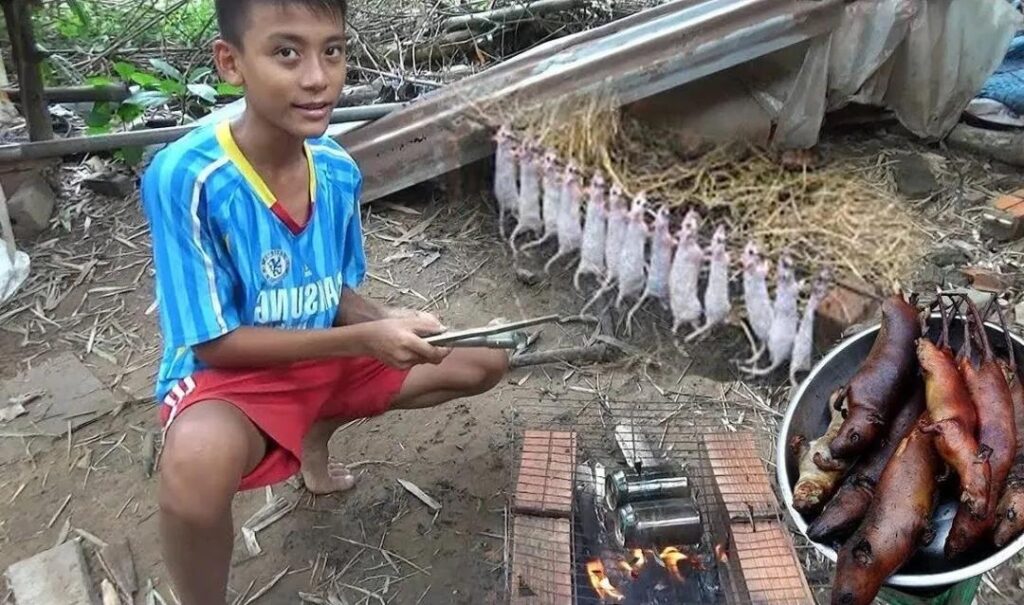
The Art of Cooking Rats
Some Vietnamese have mastered the art of preparing rat meat. “Grilling is the ultimate respect for these wild creatures, preserving their natural flavor. Hot pot cooking locks in the nutritional essence, but rat sashimi is not recommended due to potential parasites,” explains a local chef.
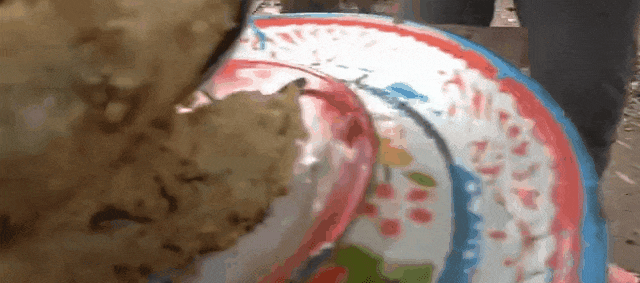
For those seeking an unconventional Southeast Asian culinary adventure, Vietnam’s “rat rice wrap” might be the final stop. This dish, made by wrapping rice around rat meat and deep-frying it, holds a special place in Vietnamese cuisine. Packed with carbs, protein, and unique vitamins, it’s said to fuel energetic dances through the alleys of Nha Trang.
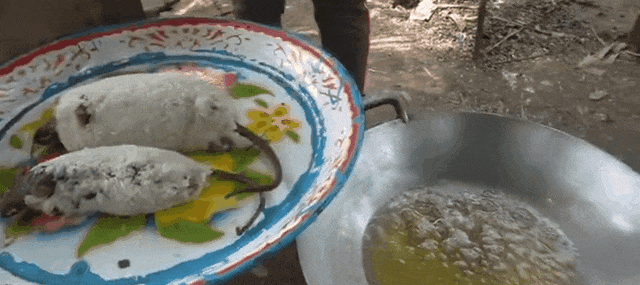
A Dish That Challenges the Palate
The rat rice wrap is not for the faint-hearted. Often prepared with the rat’s organs intact, it offers a dual sensory experience—combining the taste of rat meat and its innards. One diner described the experience as “being stuck on a crowded bridge in the afterlife, unable to cut in line, surrounded by eerie visions and nudging spirits.”
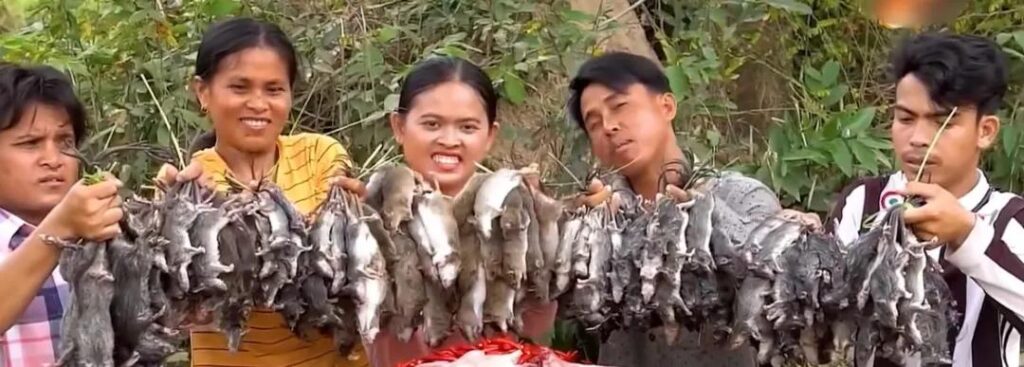
For first-timers, the dish can be overwhelming. The absurdity of the experience leaves a lasting impression, making even a cheerful Mickey Mouse smile seem ominous. Even seasoned adventurers in the world of bizarre foods might find themselves taking a deep breath before diving in—a breath filled with the rat’s final squeak, its unanswered cries, and a rich, savory aroma.
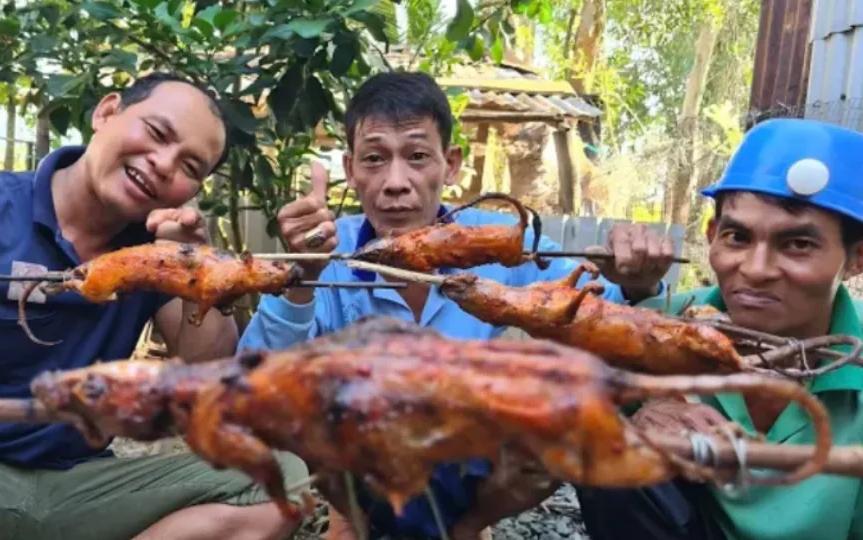
A Cultural Staple
The sticky, sweet Vietnamese rice turns into a golden, crispy crust, reminiscent of a chocolate shell. These seemingly trained rats, carrying carb-loaded bombs, rush to your stomach, creating a dance of life and death that all earthly pleasures.
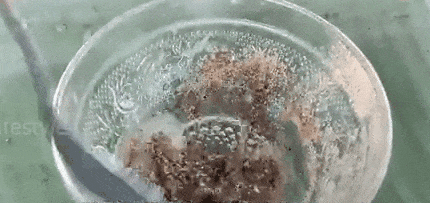
Not everyone can handle this authentic Vietnamese delicacy. As diners recall the final scenes of Tom and Jerry, where Jerry is cornered by Tom but ultimately saved by humans, they realize this is Southeast Asia’s culinary fairy tale. “The people’s expressions don’t lie,” says a local. “Rats stole our rice, but we stole their souls.”
The Hunt for Rats
In Vietnam, rats fear humans more than cats. When a seasoned rat catcher in Saigon whispers, “Em yêu Anh đang ở đâu? (Where are you, my love?)” into a hidden burrow, even the most battle-hardened rat leader can’t resist. They pause, surrender, and are captured, their eyes empty of all desire for food or mating.
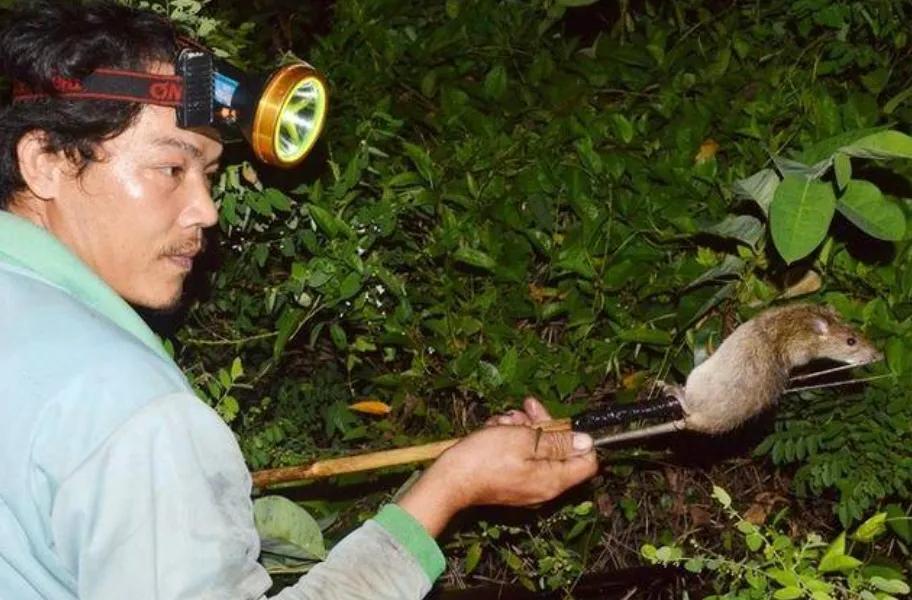
In Soc Trang Province, professional rat catchers use simpler commands. Before catching rats, farmers make sounds like “dadidi” near burrows. Just as Chinese dogs can’t resist “zuozuozuo,” Vietnamese rats excitedly emerge, only to be trapped. Even in cages, they chirp loudly, perhaps believing they’ve entered a life of luxury.
A Lucrative Trade
For some Vietnamese farmers, rat catching is more profitable than farming. Nguyen Thanh Dien, a farmer from Chau Thanh District, once bought a combine harvester with his rat-catching earnings. He only sells rats weighing over 3 kilograms, fetching prices between 60,000 to 90,000 VND (17-26 RMB) per kilogram. Smaller rats are released into friends’ fields to grow.
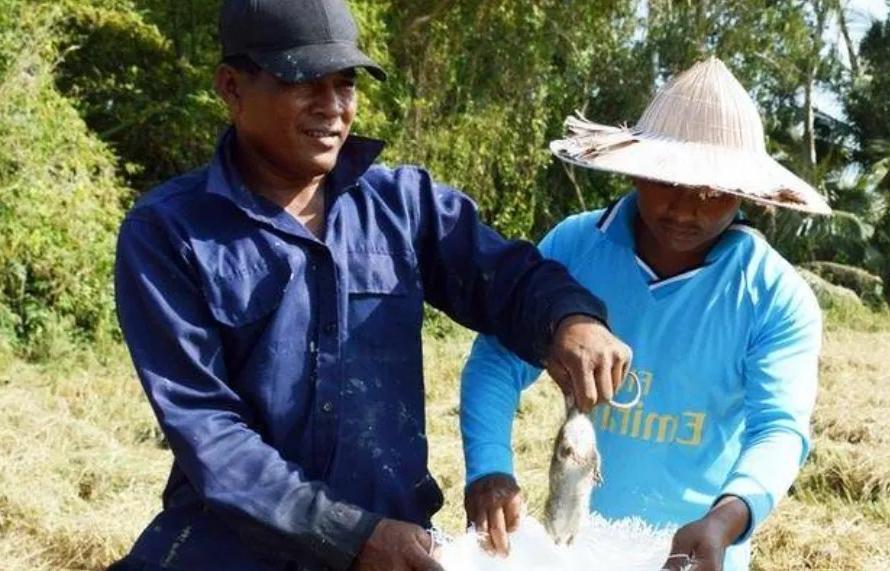
The demand for rats is so high that farmers often venture into neighboring fields at night, not to steal crops but to catch rats. However, not all rats make it to the market. Most Vietnamese consume field rats, which are de-furred, marinated, and sold as pre-made dishes alongside green vegetables.
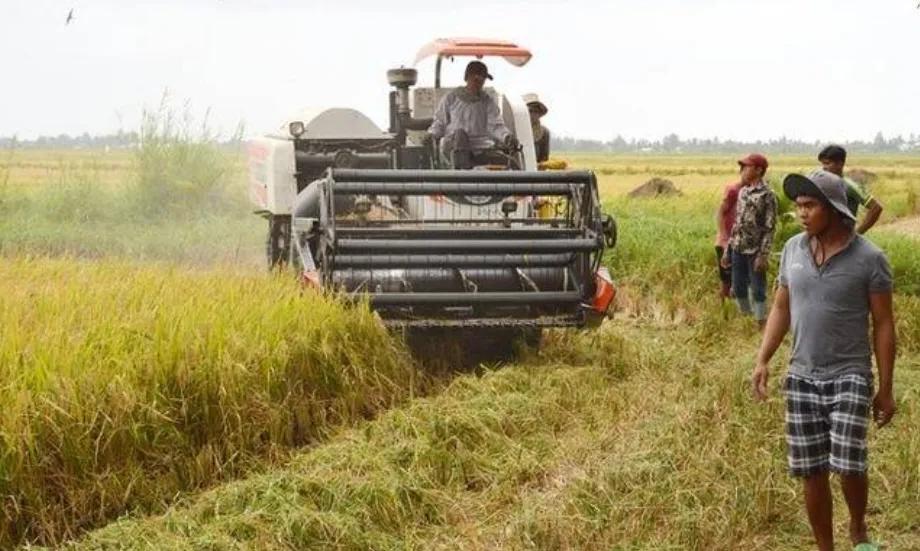
Rat Rice Wrap: A National Favorite
Among the many rat dishes, the rat rice wrap holds a special place in Vietnamese hearts. It combines two beloved foods—rice and rat meat—doubling the joy.
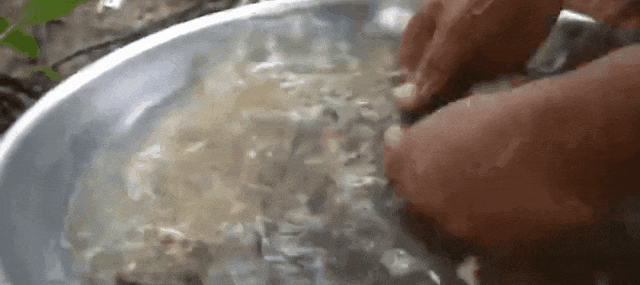
To prepare the dish, rats are first bathed in 70-degree water, where they peacefully close their eyes. Coated in low-gluten flour and wrapped in rice, they merge with their favorite staple in a conflict-ridden yet romantic embrace.
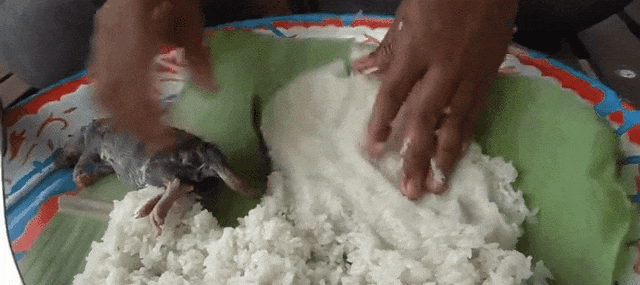
A skilled Vietnamese housewife can prepare enough rat rice wraps for a family dinner in just ten minutes. For children, these misunderstood handmade wraps carry the taste of home. Adult rats are used for wraps, skewers, or salads, while baby rats are turned into “palm treasures,” said to taste better than chicken cartilage.
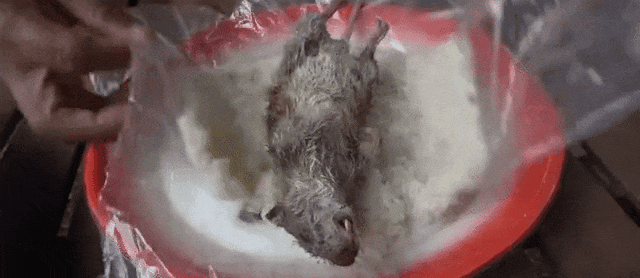
A Deep-Rooted Tradition
Vietnam’s love for rat meat stems from historical periods of food scarcity. When people saw plump field rats running through the fields, some visionary Vietnamese decided to give them a try—much like how our ancestors experimented with crabs and crayfish. Once a species is labeled as food, its relationship with humans becomes inseparable.
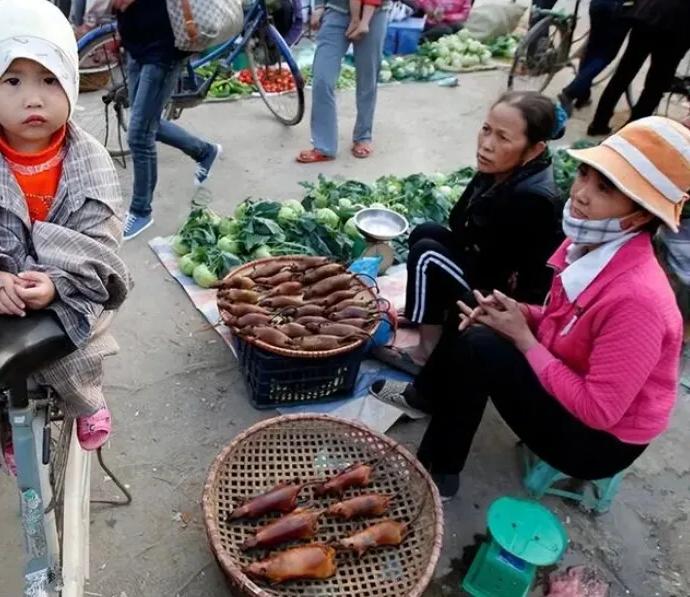
Today, Vietnam’s rat farming industry is thriving. In some streets, specialty shops sell freshly slaughtered rats as casually as one might buy a bag of groceries. While the world may not understand, many Vietnamese don’t mind. After all, as long as they’re well-fed, that’s all that matters.
And so, the mysterious whispers of Vietnamese love songs still echo through the countryside at night: “Em yêu Anh đang ở đâu? (Where are you, my love?)”





